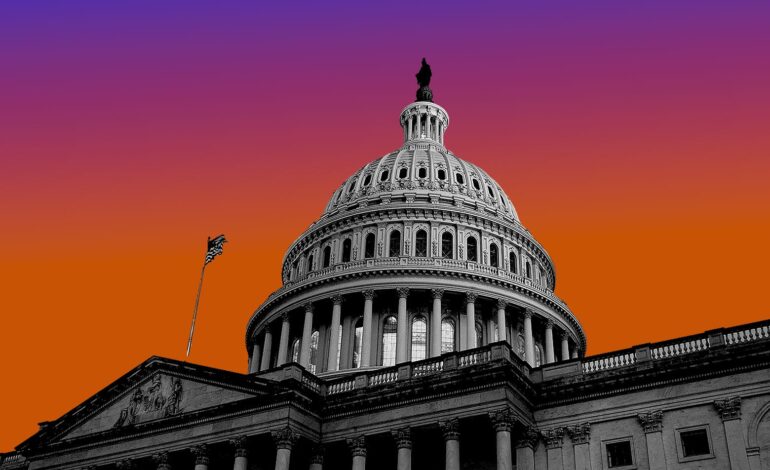
Navigating A.I. Regulation and Military Utilization in 2025
As artificial intelligence continues to evolve, debates rage over its regulation and deployment, particularly regarding military use. Challenges include balancing regulatory oversight with strategic advantages, highlighting a controversial crossroads faced by governments globally.
The Battle Over A.I. Regulation
Artificial intelligence has become a focal point of global regulatory discussions. Governments around the world are grappling with establishing guidelines that ensure ethical use while promoting innovation. The debate centers on privacy, data protection, and the potential risks of unchecked A.I. development. Proponents argue for stringent regulations to mitigate risks, while critics claim that over-regulation could stifle technological progress. Recently, nations have pursued international collaborations to harmonize standards, reflecting a consensus on the necessity of cooperative frameworks.
Strategic Advantages of A.I. in the Military
The military’s interest in artificial intelligence stems from its potential to revolutionize defense strategies. A.I. can enhance decision-making, automate surveillance, and improve logistics. These capabilities offer significant advantages, prompting military leaders to invest heavily in A.I. research and implementation. However, the integration of A.I. into military operations raises ethical concerns, particularly regarding autonomous weapon systems. Balancing these advancements with moral responsibilities remains a contentious issue, requiring robust dialogues between military and ethical experts.
The Path Forward: Balancing Regulation and Innovation
Finding equilibrium between regulation and innovation in A.I. is paramount for future development. Policymakers must strike a delicate balance—weighing the benefits of A.I. in sectors such as healthcare and transportation against the potential for misuse. Transparency in A.I. algorithms and accountability in its applications are foundational for building public trust. Encouraging responsible innovation through incentives and disincentives could foster a sustainable path forward. Ultimately, the aim is a regulatory environment that protects public interests while unlocking A.I.’s transformative potential.
Conclusion
The world stands at a pivotal moment regarding artificial intelligence. As governments deliberate on regulations and military applications, finding a harmonious balance is crucial. Future developments will likely be shaped by ongoing dialogues, international cooperation, and a commitment to ethical practices, ensuring A.I.’s role as a beneficial force in society.





